Green Tomato: 10 Easy and Effective Ways to Green Clean Your Restaurant
By Anselm Doering
Commercial oven cleaners contain some of the most toxic chemicals found in any restaurant kitchen. What works just as well and is safe on the environment? This tip and nine more will help you be more ecologically and even economically sound.
Coke and Pop Rocks can kill. Elvis is coming back. And green cleaning a restaurant is burdensome, expensive and less effective than the traditional toxic approach.
I cringe each time I hear this. The green-cleaning myth, that is. Elvis, I’m not so sure. He may indeed be alive and well and living in Las Vegas.
But, when it comes to green cleaning restaurants, there are many quick, simple, environmentally preferable procedures that SAVE money and IMPROVE cleaning. Immediately.
Here are 10 easy and effective ways to improve green cleaning at your restaurant:

 Maple Leaf Farms is calling for entries for The 2011 Discover Duck™ Chef Recipe Contest now through August 5, 2011. Open to professional chefs and culinary students, the contest challenges entrants to create up to three original recipes that showcase duck in creative ways. Professional and student-chef recipes will be judged in separate categories, each with their own cash prizes.
Maple Leaf Farms is calling for entries for The 2011 Discover Duck™ Chef Recipe Contest now through August 5, 2011. Open to professional chefs and culinary students, the contest challenges entrants to create up to three original recipes that showcase duck in creative ways. Professional and student-chef recipes will be judged in separate categories, each with their own cash prizes.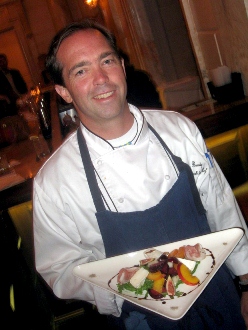 Sullivan University’s National Center for Hospitality Studies (NCHS) will honor Chef Walter Bundy of Lemaire Restaurant, located in the Jefferson Hotel in Richmond, Va., with the prestigious Distinguished Visiting Chef award on Thursday, May 19. As recipient of the award, Bundy will present on-campus cooking demonstrations in addition to a question-and-answer session held exclusively for Sullivan University students.
Sullivan University’s National Center for Hospitality Studies (NCHS) will honor Chef Walter Bundy of Lemaire Restaurant, located in the Jefferson Hotel in Richmond, Va., with the prestigious Distinguished Visiting Chef award on Thursday, May 19. As recipient of the award, Bundy will present on-campus cooking demonstrations in addition to a question-and-answer session held exclusively for Sullivan University students.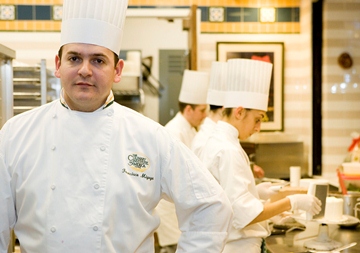 Want to sample the creations of one of the top 10 pastry chefs in America? Just visit the Apple Pie Bakery Café at The Culinary Institute of America (CIA). Francisco Migoya, CIA associate professor in baking and pastry arts and executive chef of the Apple Pie Bakery Café, has been named one of the best pastry chefs in America for 2011 by Dessert Professional magazine.
Want to sample the creations of one of the top 10 pastry chefs in America? Just visit the Apple Pie Bakery Café at The Culinary Institute of America (CIA). Francisco Migoya, CIA associate professor in baking and pastry arts and executive chef of the Apple Pie Bakery Café, has been named one of the best pastry chefs in America for 2011 by Dessert Professional magazine.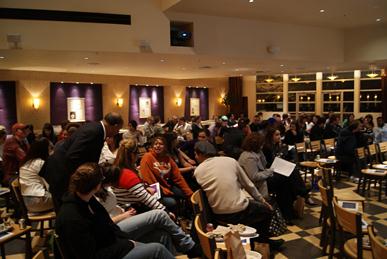 By Michael DeJager, ’12, student-body president, JWU
By Michael DeJager, ’12, student-body president, JWU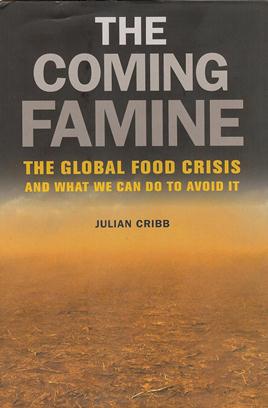 Are we heading for a worldwide famine by mid-century? Is our very civilization unsustainable? Is it too late to stop the train and turn it around? The answers are yes, yes and no.
Are we heading for a worldwide famine by mid-century? Is our very civilization unsustainable? Is it too late to stop the train and turn it around? The answers are yes, yes and no.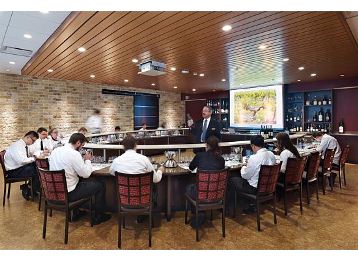 Johnson & Wales University's Cuisinart Center for Culinary Excellence in Providence earns LEED gold certification.
Johnson & Wales University's Cuisinart Center for Culinary Excellence in Providence earns LEED gold certification.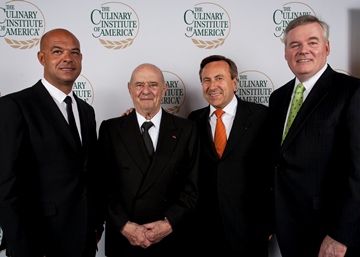 Culinary Legend Honored at 2011 Augie™ Awards
Culinary Legend Honored at 2011 Augie™ Awards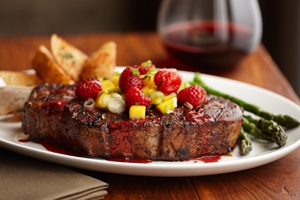 Premium and natural descriptors resonate with consumers of beef and pork menu items, finds Technomic.
Premium and natural descriptors resonate with consumers of beef and pork menu items, finds Technomic.